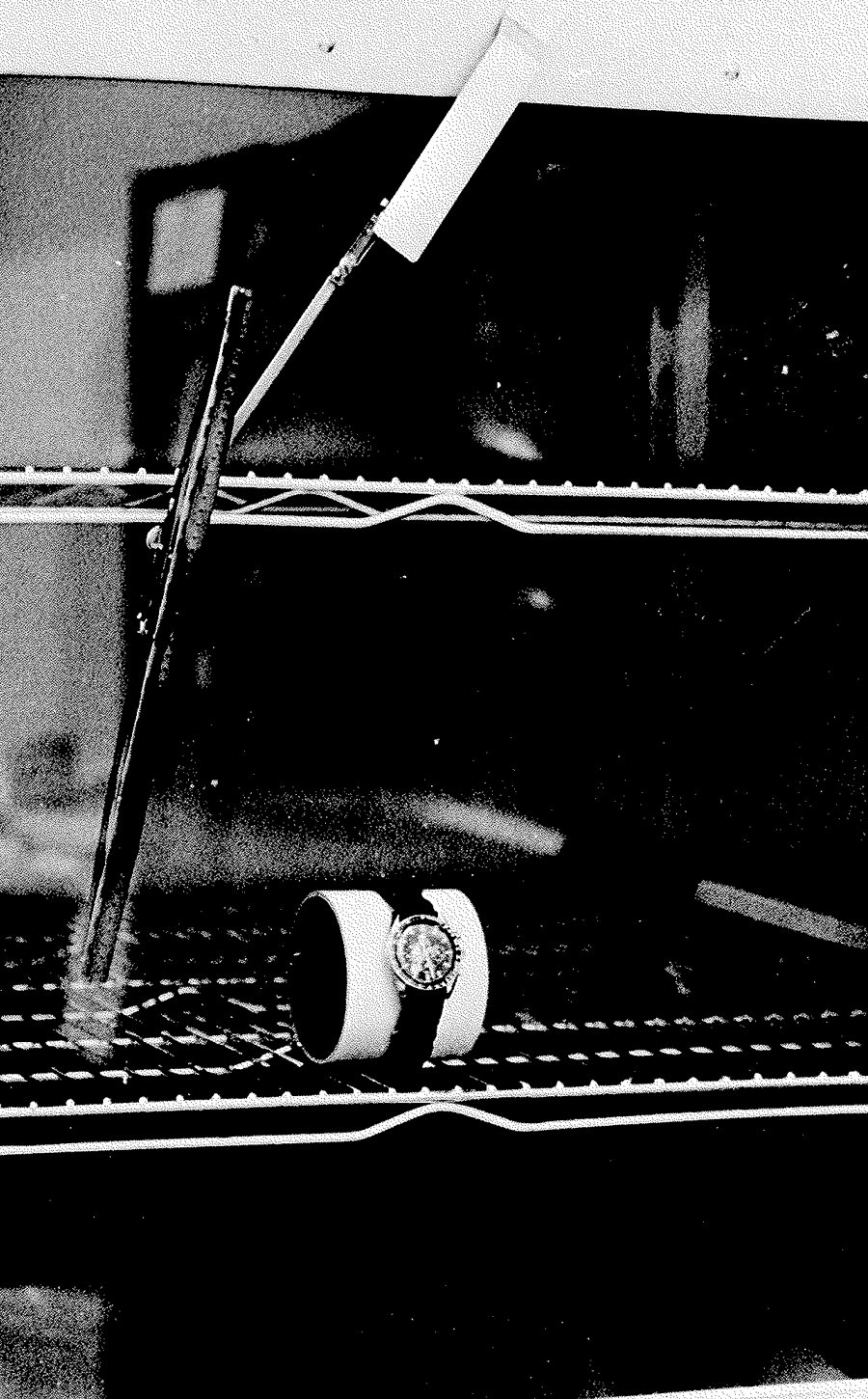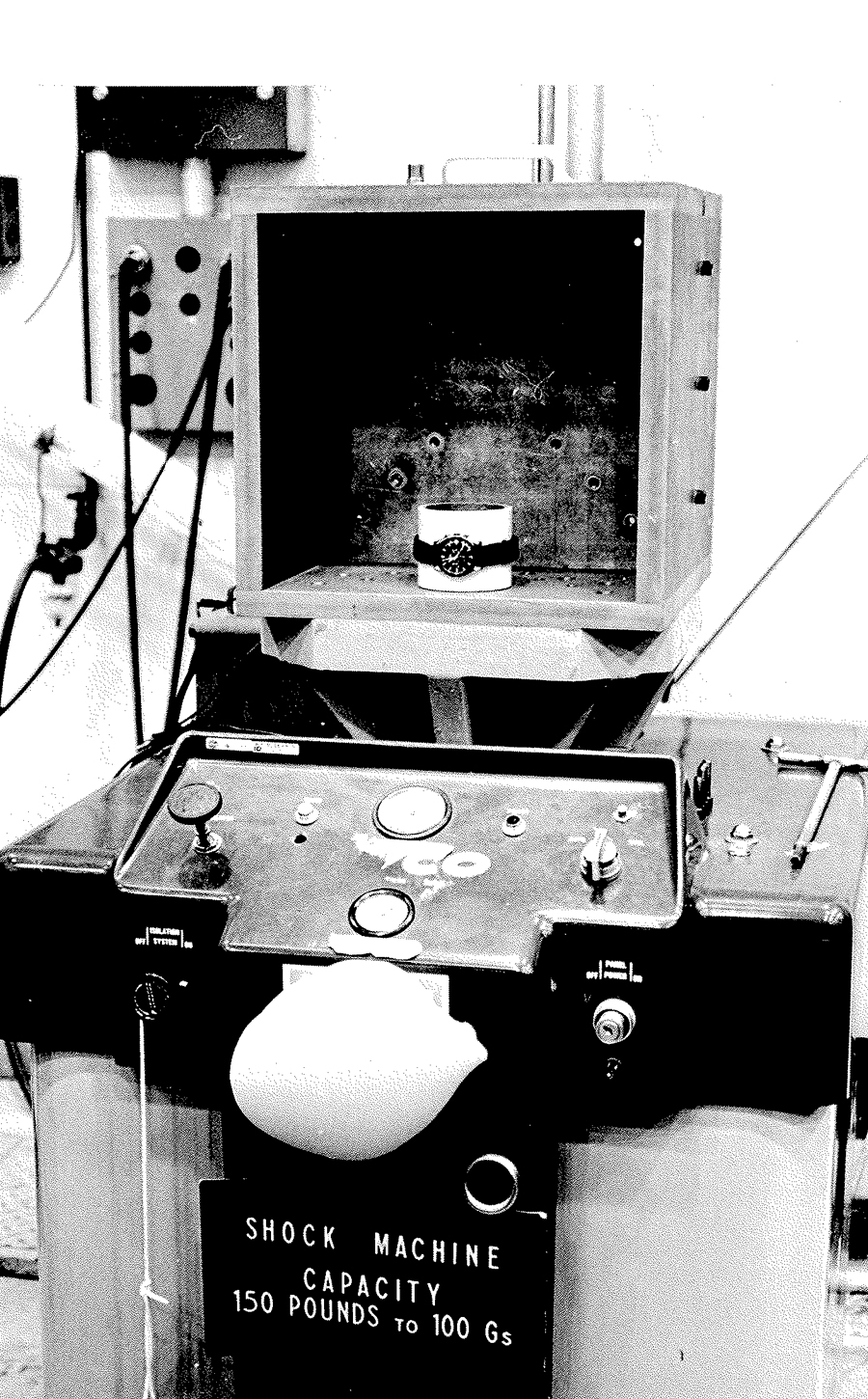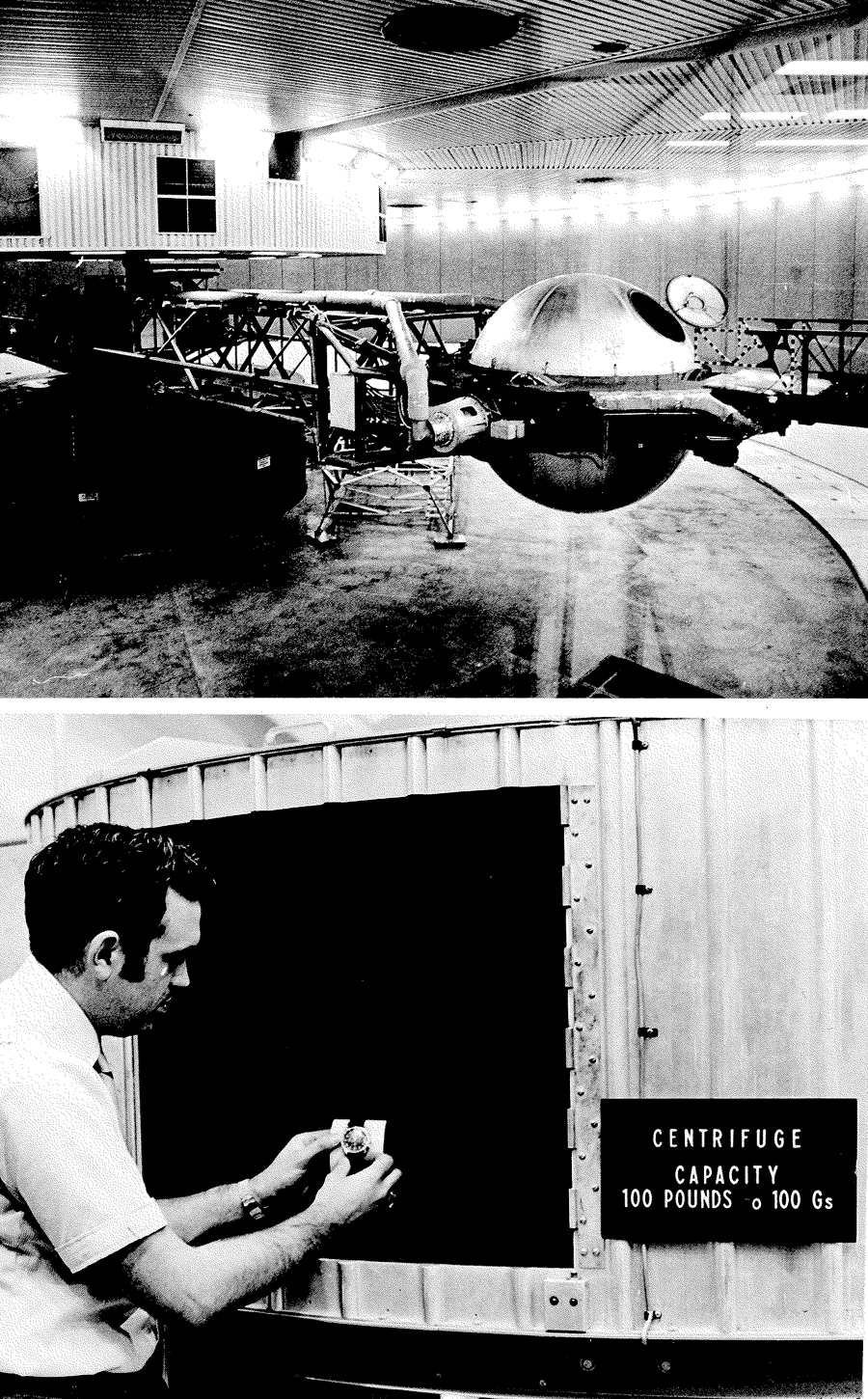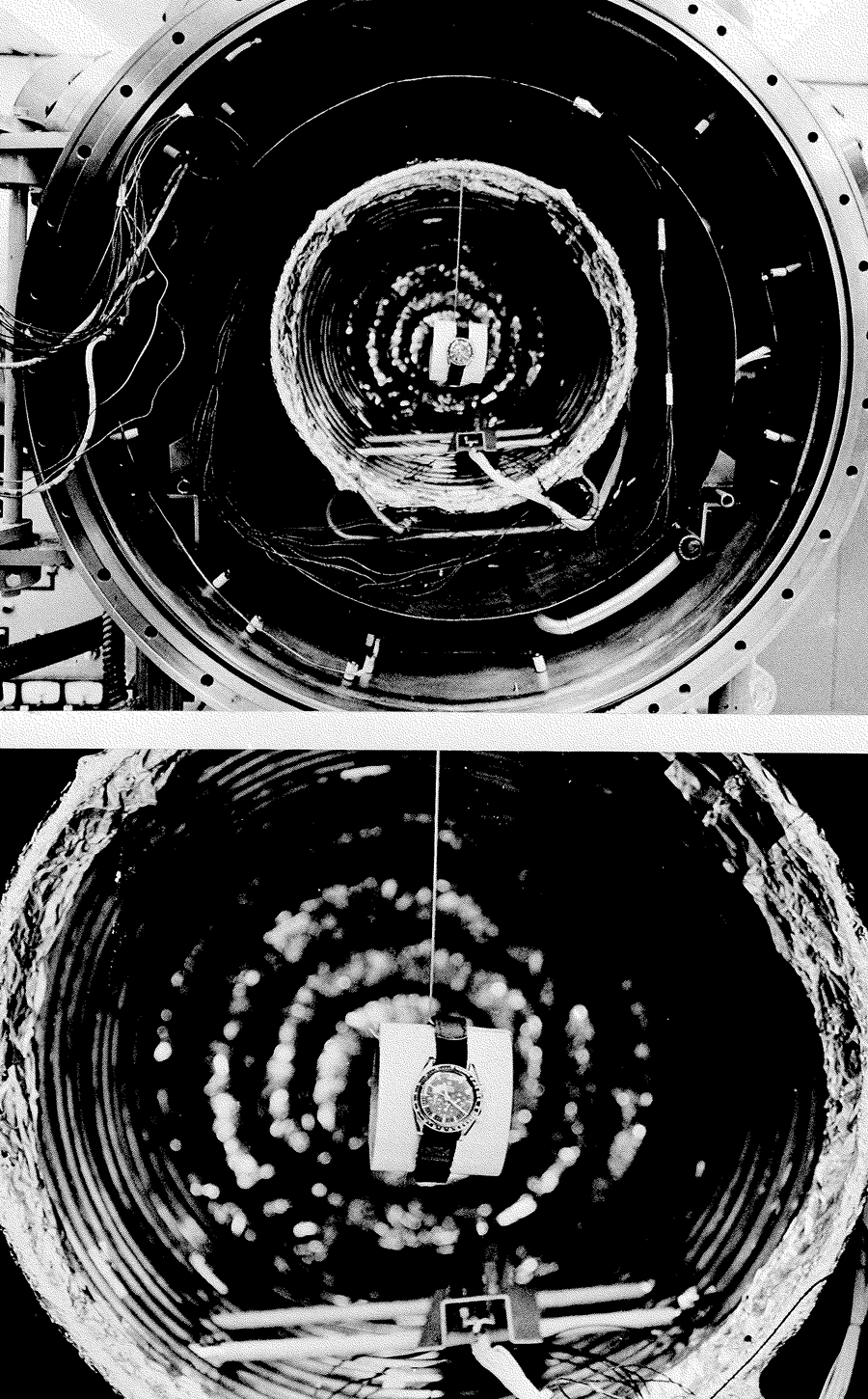Hello Houston… We Have a Stunning New Watch!
Highly sought after by vintage watch collectors and long-time enthusiasts, Omega's Speedmaster—closely linked to space exploration and aviation—now comes in three new references that are becoming part of the legendary icon's history.
When the Watch That Walked on the Moon Gets a Meteorite Dial…
Tested and Approved by NASA
In the 1960s, Omega was one of the four watch brands selected by NASA in its search for a timepiece capable of accompanying astronauts in all situations.
Indeed, the watch, as a backup tool, is essential for astronauts if communication with Earth is lost. It allows them to calculate the duration of their mission if timing devices fail. The requirements are clear: the chronographs must be tested in ten different environments and emerge unscathed.
If they fail even a single test, they are immediately eliminated. Resistance to heat, cold, shocks, thermal chambers, compressions, decompressions—the tests are demanding and rigorous. Only one model passes all the trials successfully and becomes, on March 1, 1965, the official watch for all NASA space missions and extravehicular activities: the Omega Speedmaster.
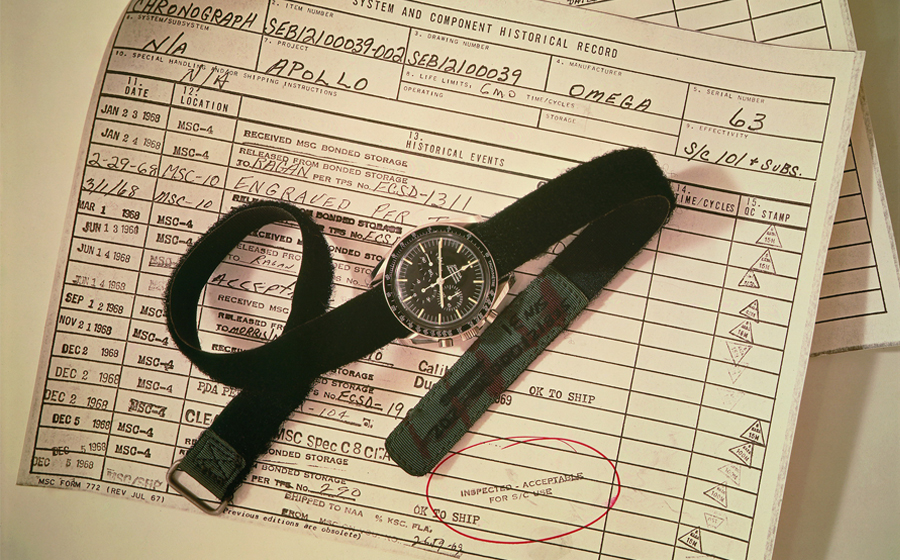
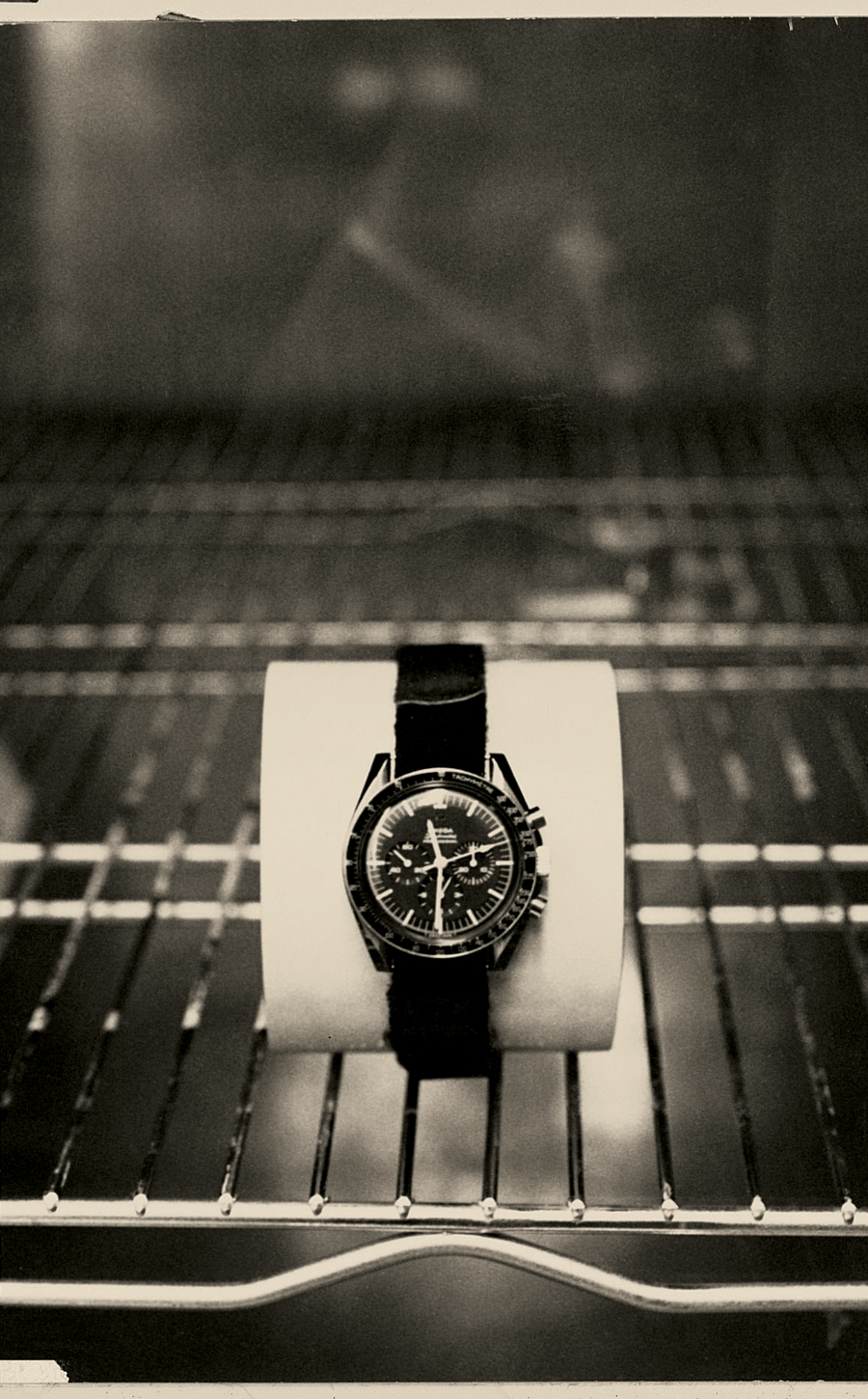
Aim for the Moon!
It was during the Gemini IV mission, launched on June 3, 1965, that the model achieved its first success during an extravehicular activity (EVA) by Edward White, who, along with James McDivitt, completed a 4-day flight and 62 orbits. The Speedmaster became a permanent part of history on July 21, 1969, when it accompanied the astronauts during the Apollo 11 mission for humanity’s first steps on the Moon. Not the one worn by Neil Armstrong, who left it behind in the capsule, but the one worn by Buzz Aldrin.
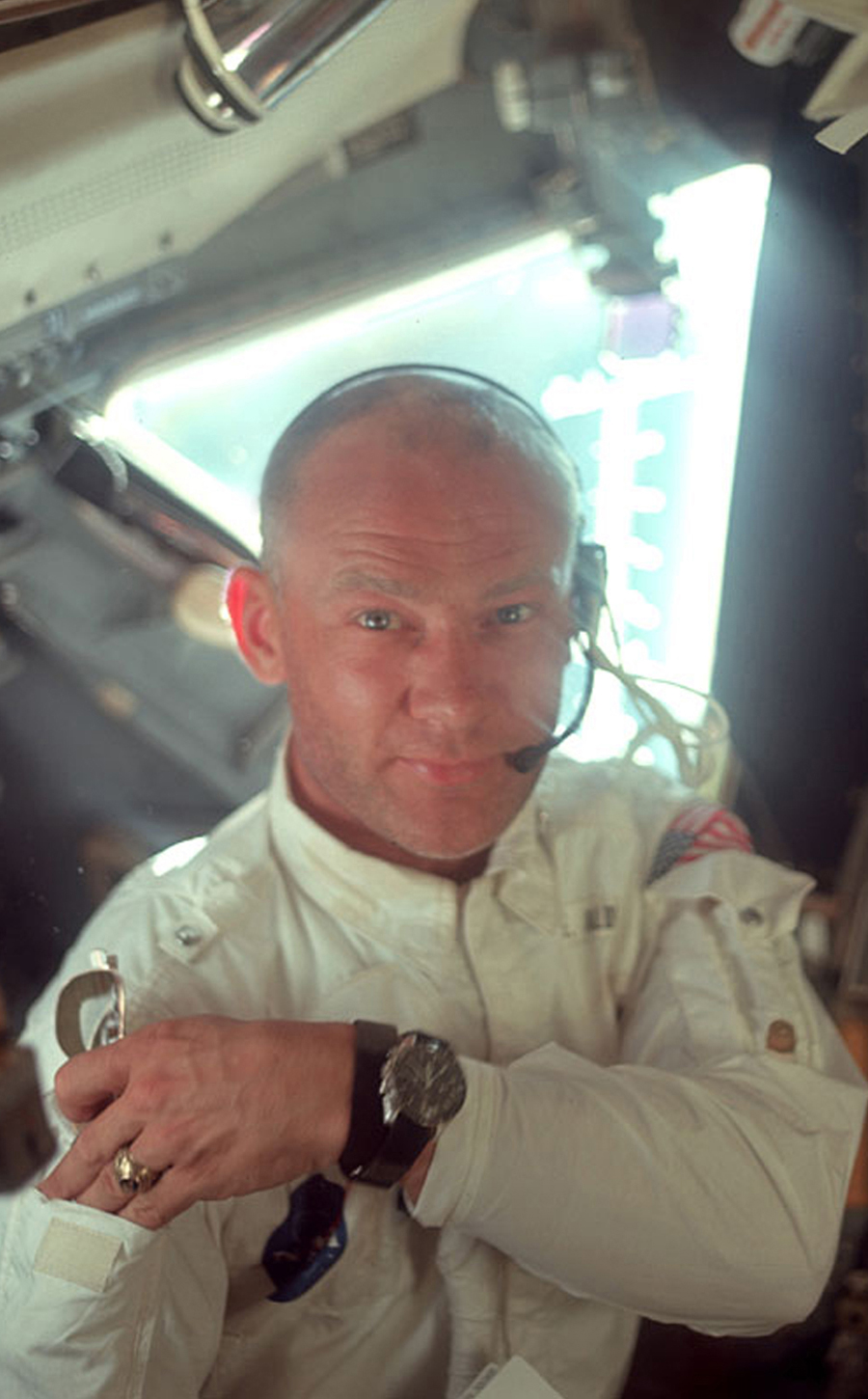
It is then renamed the “Moonwatch.” But it is with the Apollo 13 mission that it receives all the honors when its chronograph function helps save the astronauts. Thanks to their Speedmaster watches, they precisely time the ignition and operation of the rocket engines, a crucial maneuver to ensure the emergency return of their rescue capsule.
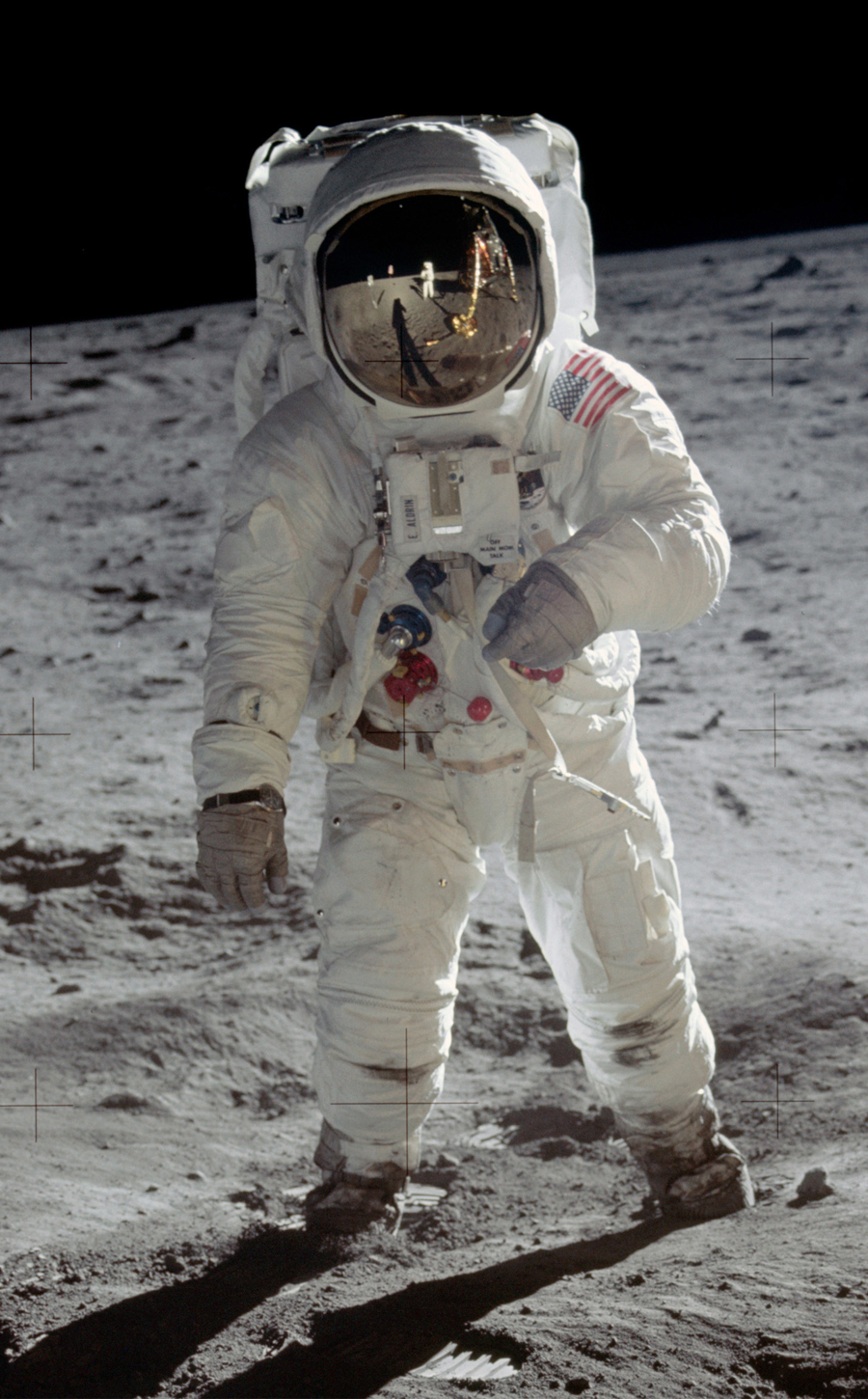
In recognition of this crucial role, Omega was awarded the prestigious Snoopy Award, the highest distinction given by NASA astronauts to their best suppliers. Even today, NASA continues to use Omega watches.

Speedmaster Moonphase Meteorite, a piece of eternity on the wrist
You’ll understand that Omega’s mark on everything related to space and the stars is indelible. It proves this once again today by unveiling two variations of its new Speedmaster Moonphase Meteorite.
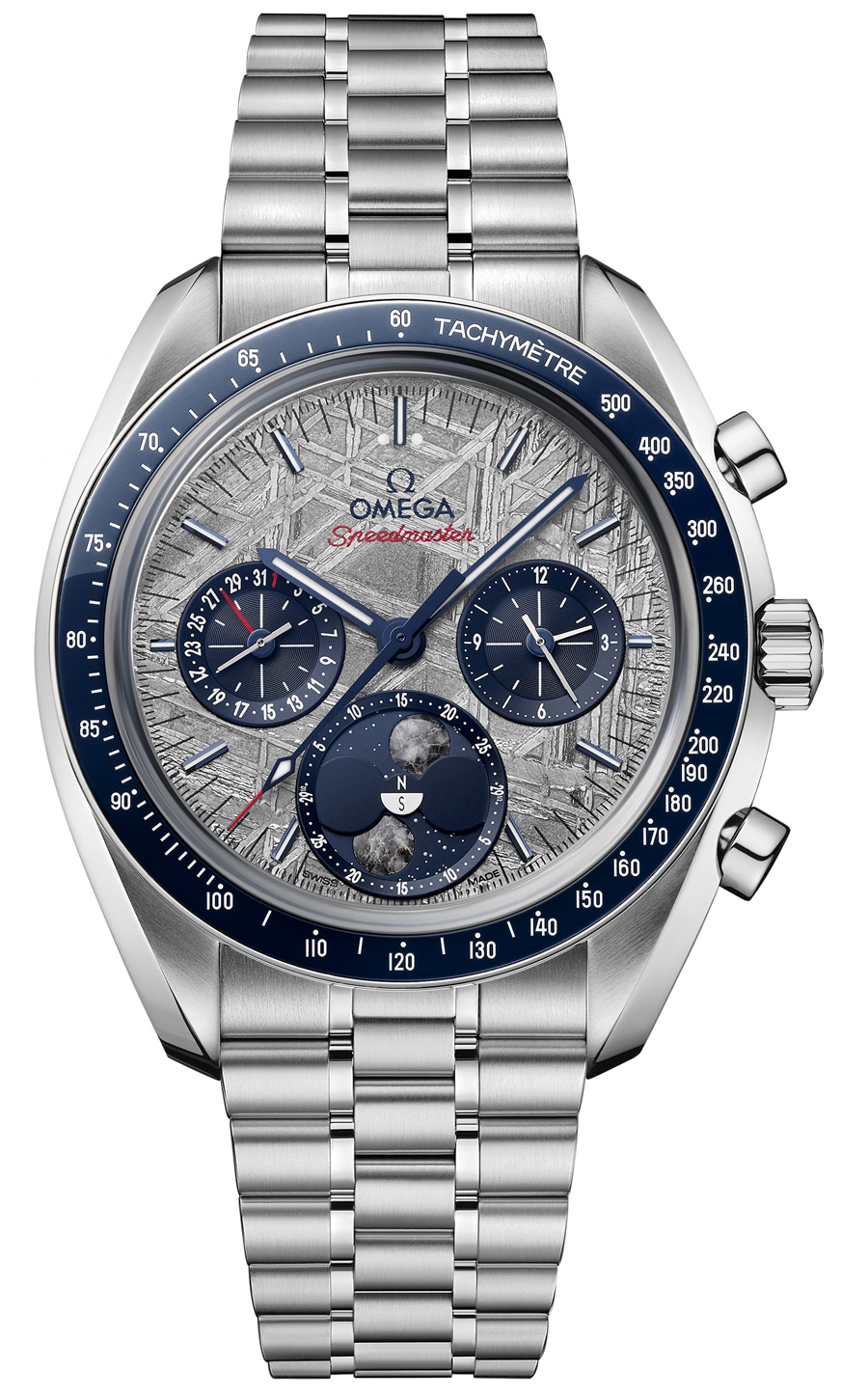
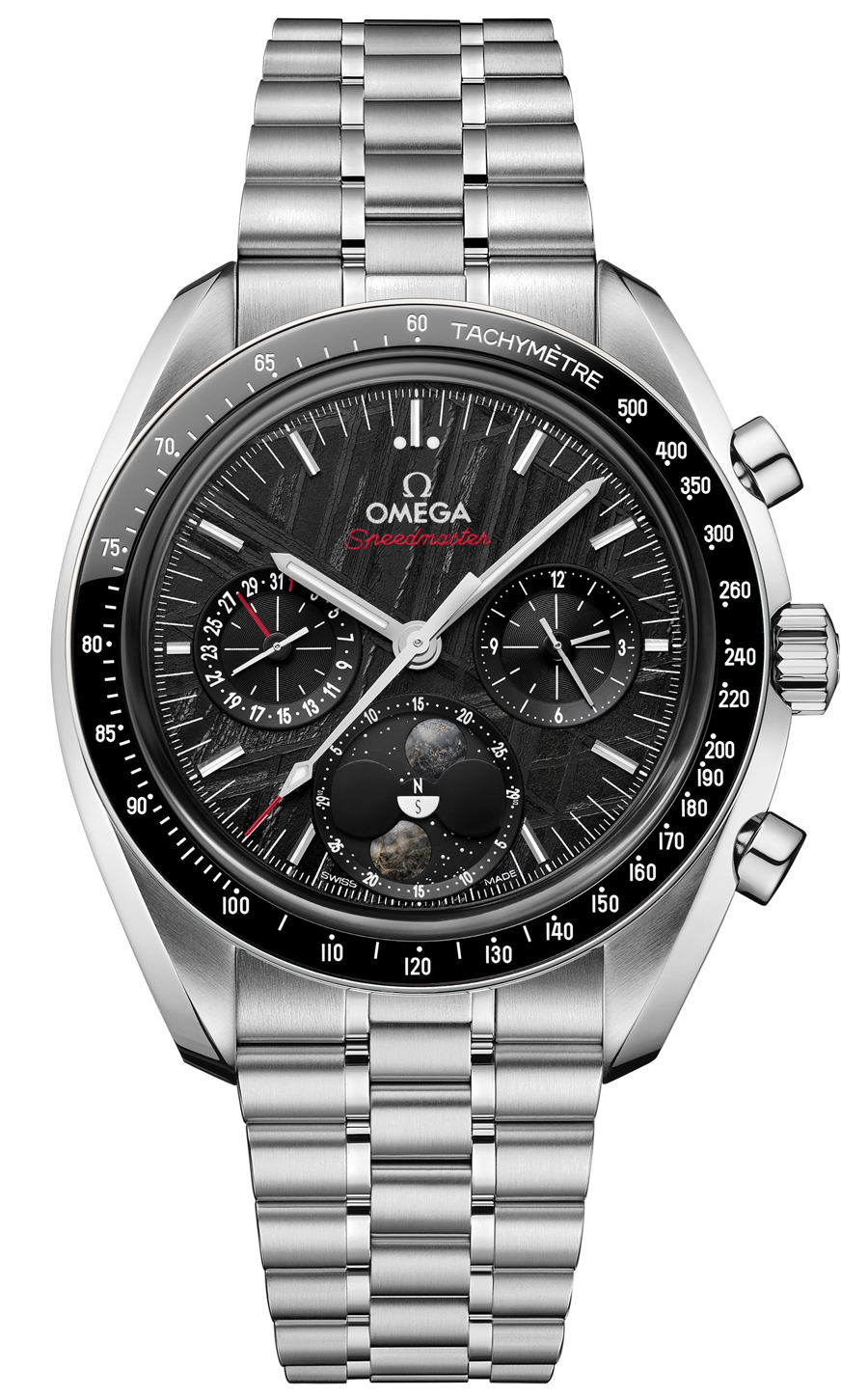
With a diameter of 43 mm, these timepieces stand out with a unique display of information. Located at 6 o’clock, the moonphase is adorned with two cabochons made from fragments of lunar meteorite. As they rotate, these moons showcase the luminous nuances of the northern and southern hemispheres. The back, perfectly executed, is dotted with stars, recreating the sky as it appeared from Biel, Switzerland, on the night Apollo 11 first set foot on the Moon in 1969. Extraordinary.
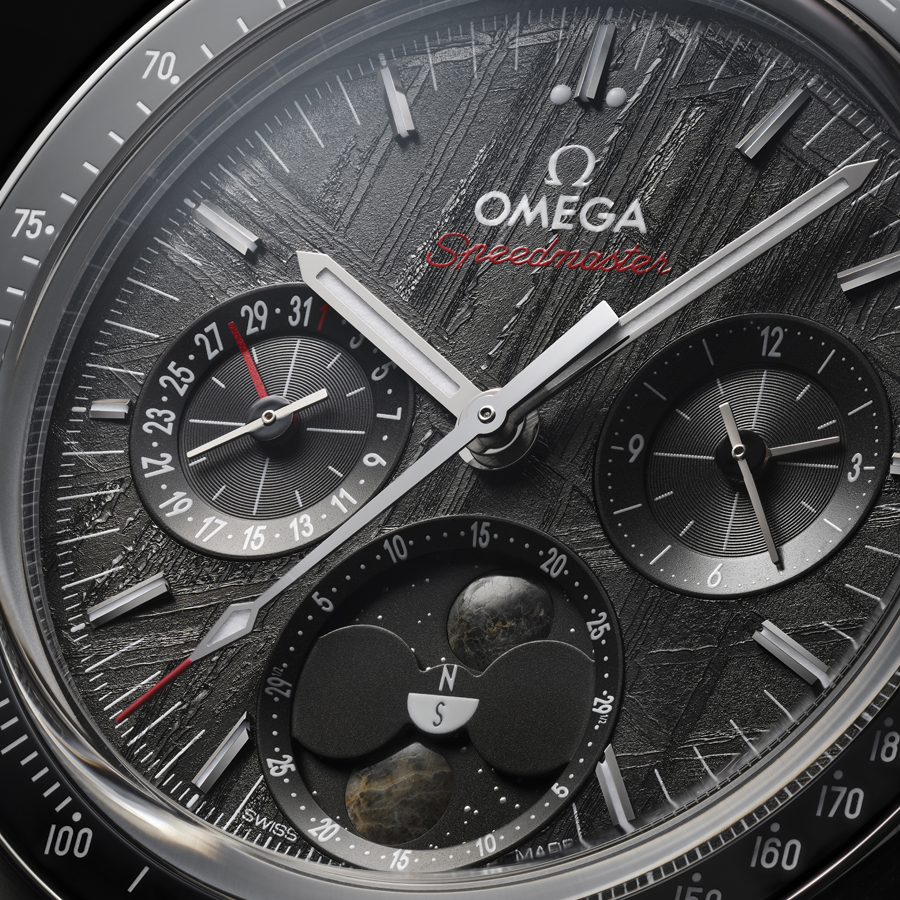
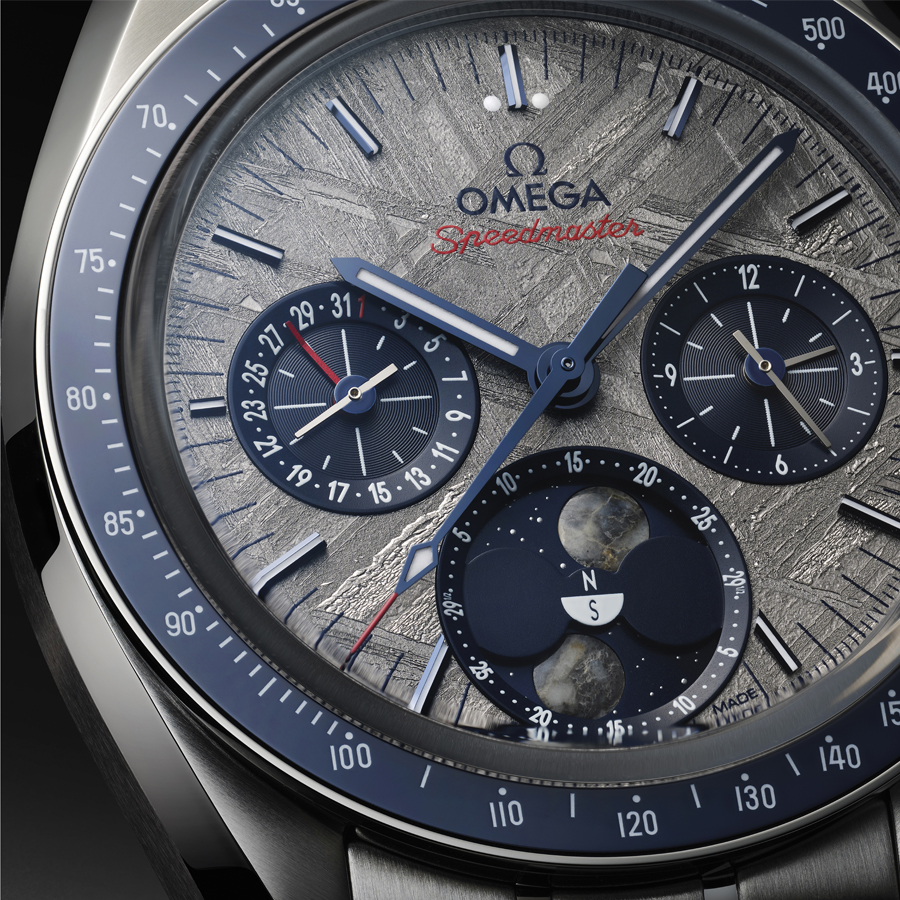
Faithful to the technical expertise of the manufacture, the references are powered by the Co-Axial Master Chronometer manual-winding caliber. Certified by the Swiss Federal Institute of Metrology (METAS), the movement is visible through a sapphire caseback, decorated with Geneva stripes in arabesque. Offering approximately 60 hours of power reserve, it is also equipped with a magnetic-resistant silicon balance spring.
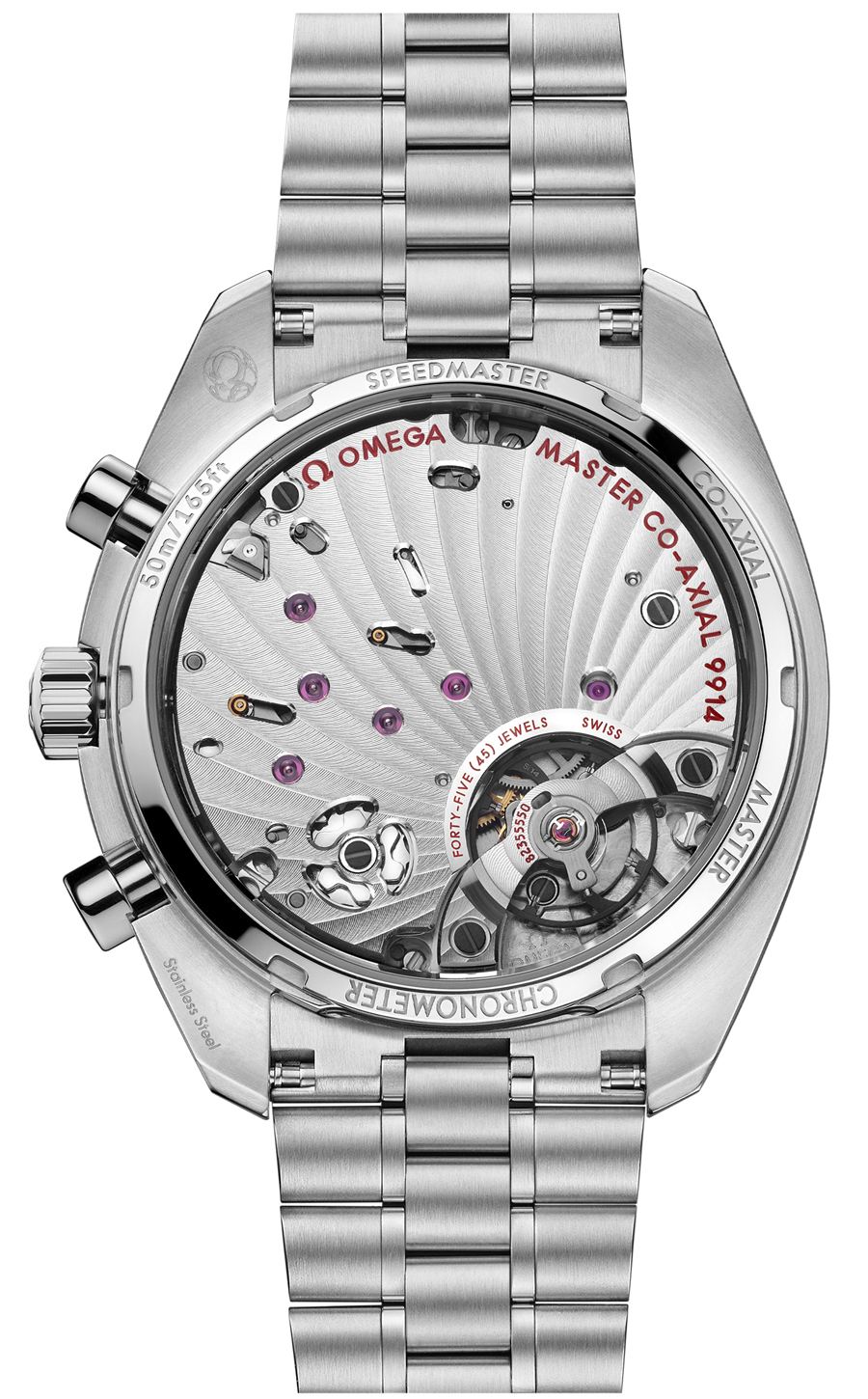
These two watches stand out primarily due to their ferrous meteorite dial, which features the characteristic patterns of this material, making each piece unique: the Widmanstätten figures. The first model has a meteorite dial with a black PVD coating, accented with 18-carat white gold hands and indexes, coated with luminescent material. It is framed by a black ceramic bezel with a white enamel tachymeter scale. On the other model, the bezel is made of blue ceramic, which enhances a gray galvanic meteorite dial on a PVD-coated blue base. The hands and indexes are made of 18-carat gray gold with a blue PVD coating. Both dials display the same features: a 60-minute and 12-hour azure counter (at 3 o’clock), a small seconds (at 9 o’clock) with date indicated by a red anodized aluminum hand.
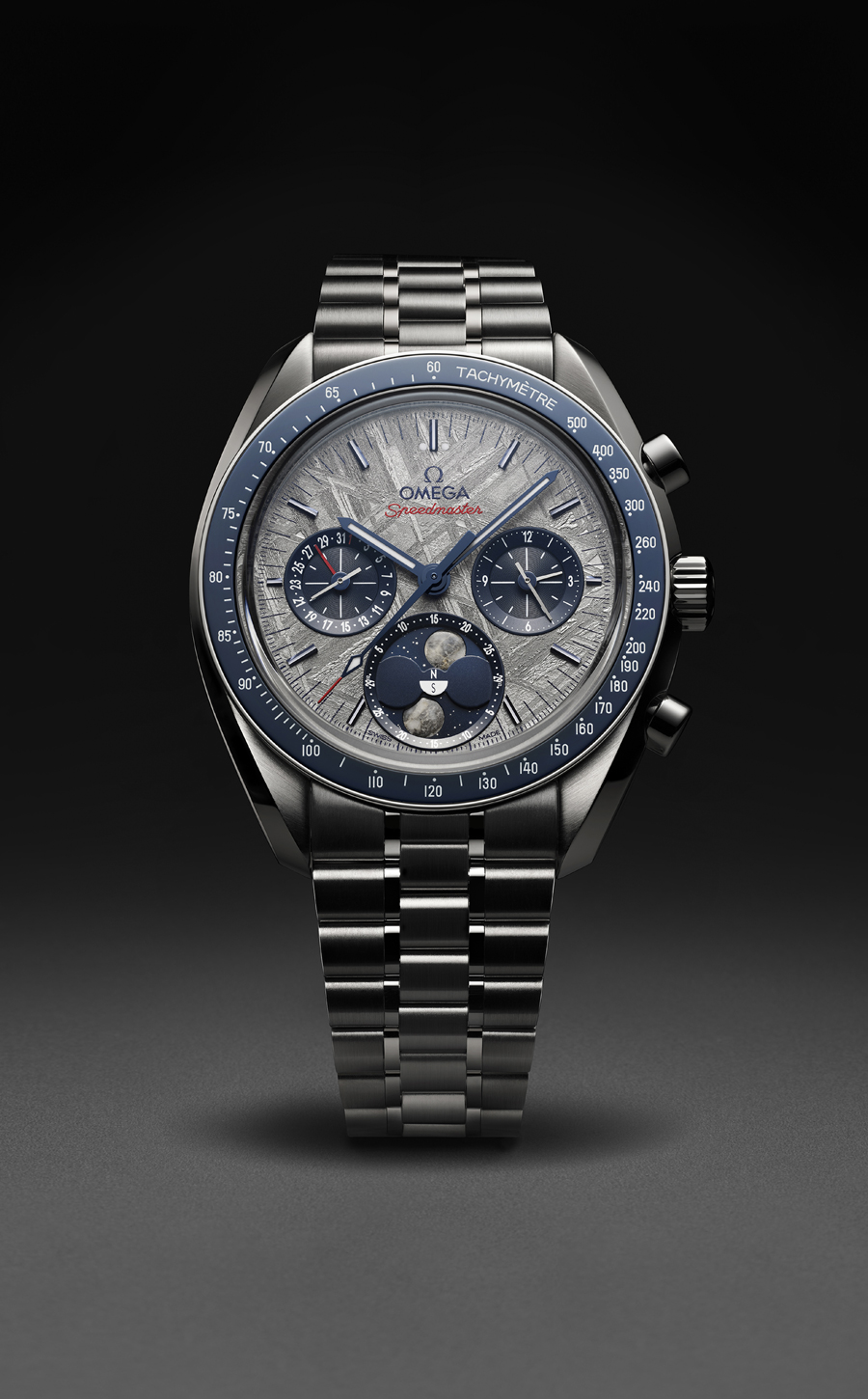
€18,800
Consult the technical specifications of the Omega Speedmaster Moonphase Meteorite watches – gray dial / black dial.
Speedmaster Pilot, a high-flying aviator.
Omega returns to the troposphere with the Speedmaster Pilot. This new model features a 40.85mm matte steel case. Retaining the legacy of the Speedmaster collection, it is equipped with a bezel featuring an aluminum ring. It is enhanced with a tachymeter scale, engraved with vintage impressions such as “Dot Over Ninety,” a small dot located above the number 90, and “Diagonal to Seventy,” a dot placed diagonally to the 70.
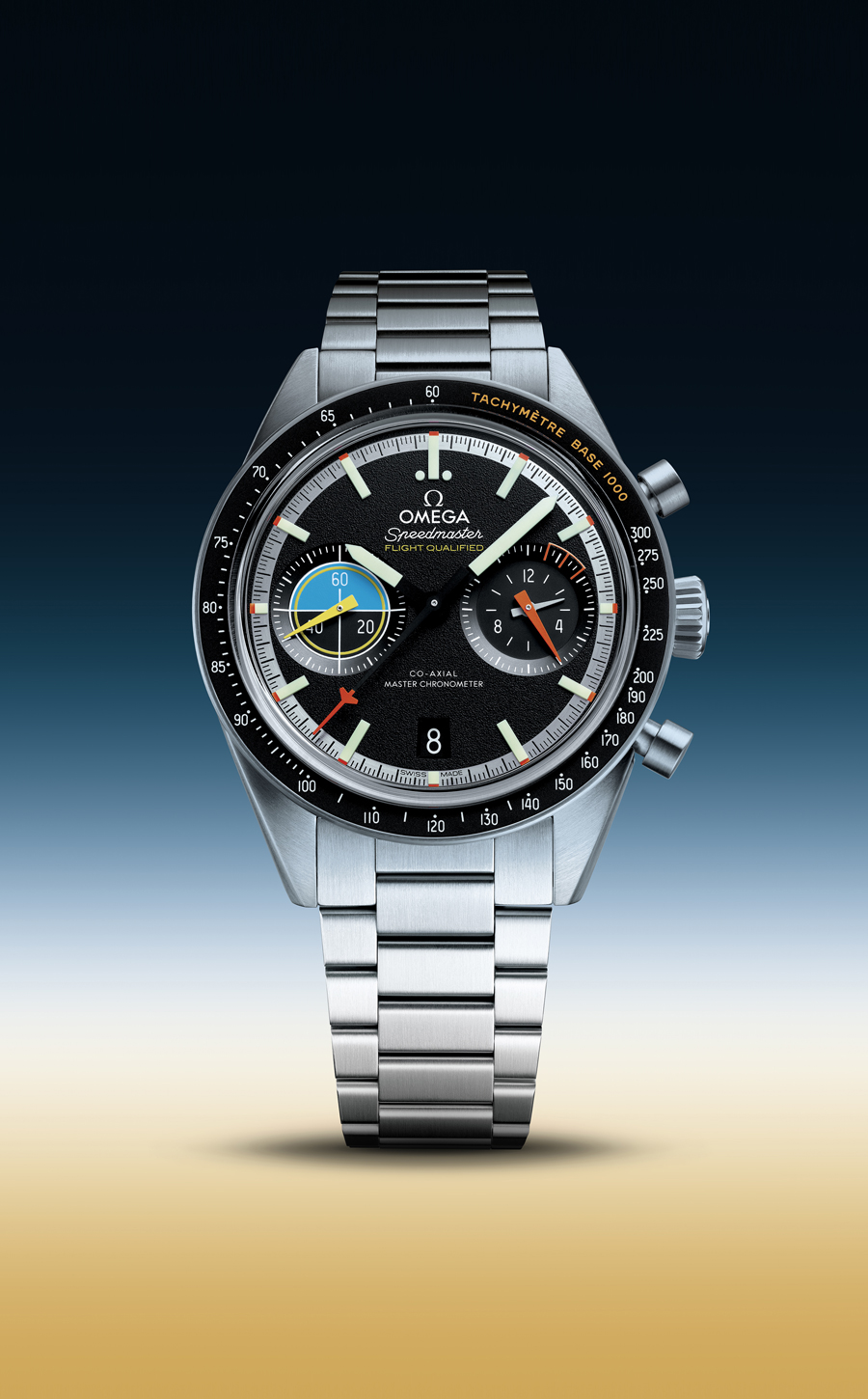
The originality of the Speedmaster Pilot lies in its dial. Matte black with a grained texture, it is punctuated by hour and minute hands, as well as indexes adorned with large blocks of Super-LumiNova in white, emitting a green glow in the dark. To enhance readability both day and night, it also features a matte black central chronograph hand with an orange varnished tip shaped like an airplane.
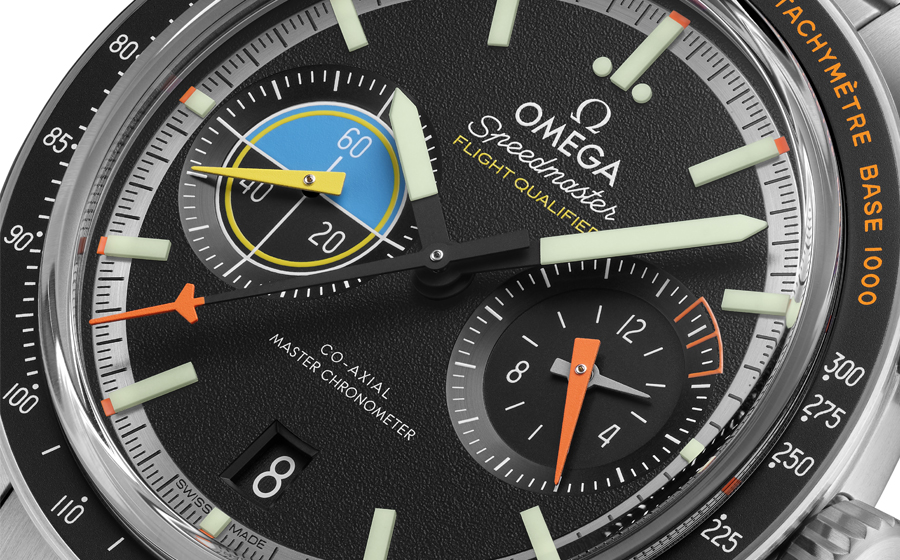
Another nod to the aviation world: the 60-minute and 12-hour sub-counter features a matte orange triangular hand and white decal numbers, reminiscent of the combustion rate indicator found in airplane cockpits. Another reference to cockpits is the 9 o’clock counter, which shows the small seconds with its target/sight design, incorporating a matte varnished yellow hand and a blue artificial horizon.
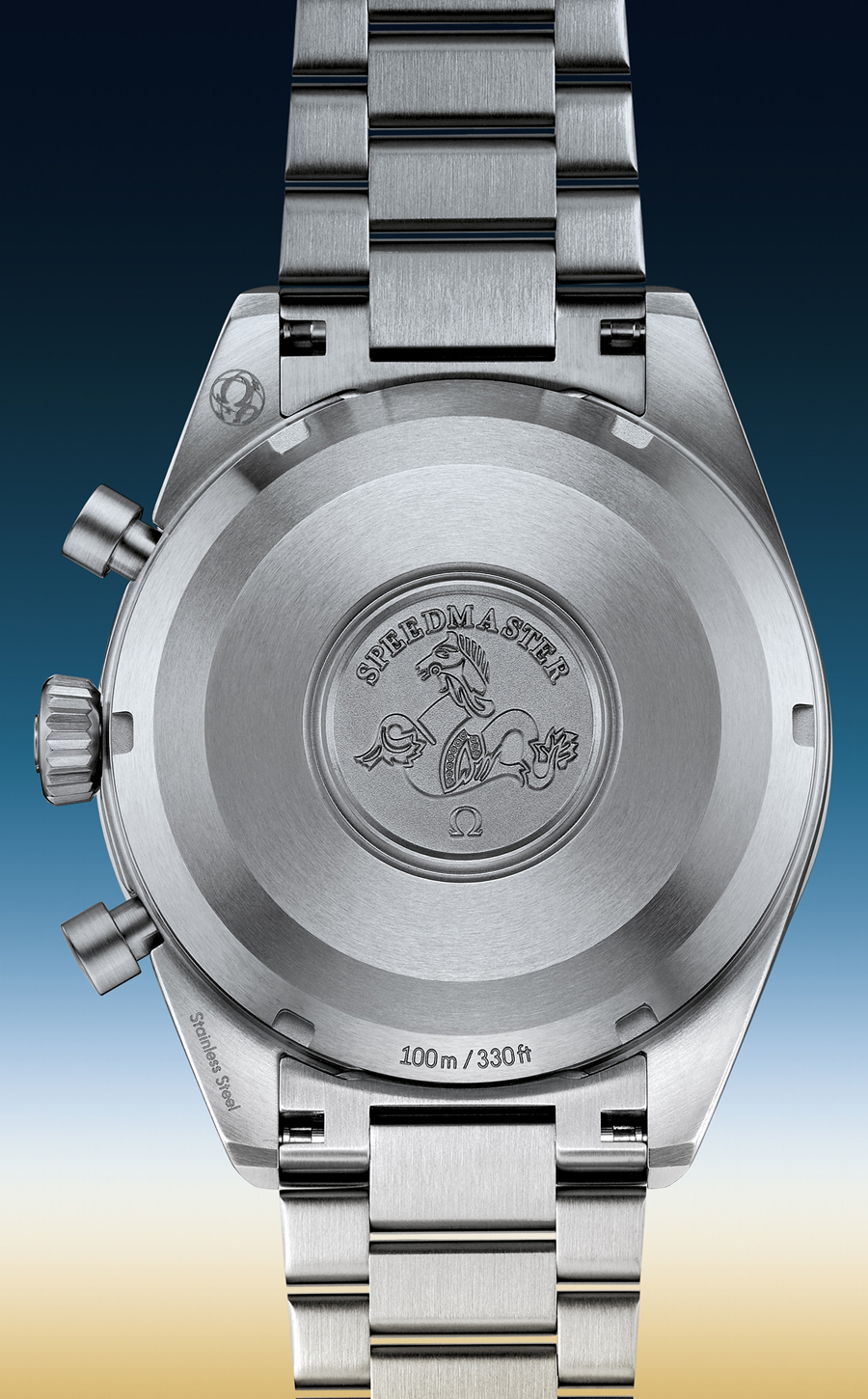
The entire set is powered by a Co-Axial automatic movement certified by METAS, concealed behind a solid metal caseback, stamped with the traditional “hippocampus” medallion. Water-resistant up to 100 meters, this steel-on-steel edition is also equipped with a gray NATO strap and is delivered in a dedicated travel pouch.
The beginnings of Omega in aviation
We know Omega for its achievements beyond Earth’s atmosphere, but the watchmaking brand can also take pride in its renowned excellence among pilots. Indeed, at the beginning of World War II, the brand supplied over 110,000 watches to the British Ministry of Defence to support aviators in the Royal Air Force and the Royal Navy. Known as the UK/CK2292, this watch was issued to RAF personnel and the Fleet Air Arm, and was distinguished by its strong resistance to magnetic fields. Then, with its success in space missions, the Speedmaster found a following among U.S. Air Force pilots. In 1969, the new Speedmaster Flightmaster was unveiled to meet the needs of pilots.
€10,400
Consult the technical specifications of the Speedmaster Pilot.
View all our Omega Speedmaster watch specifications and our articles dedicated to the Speedmaster.
See also:
Read also:
